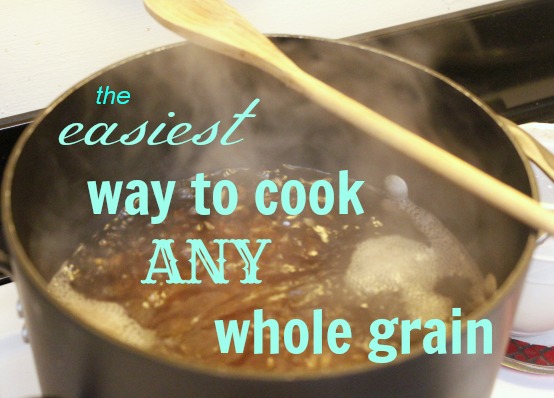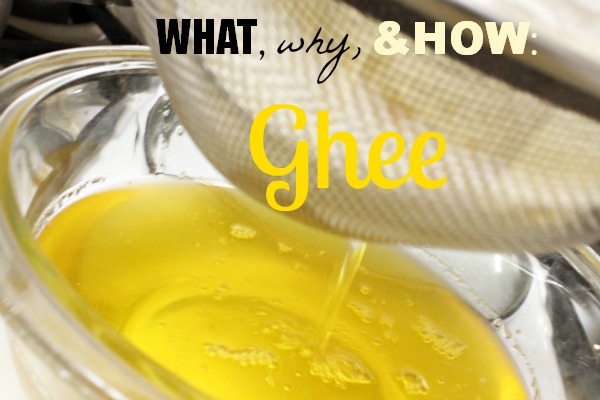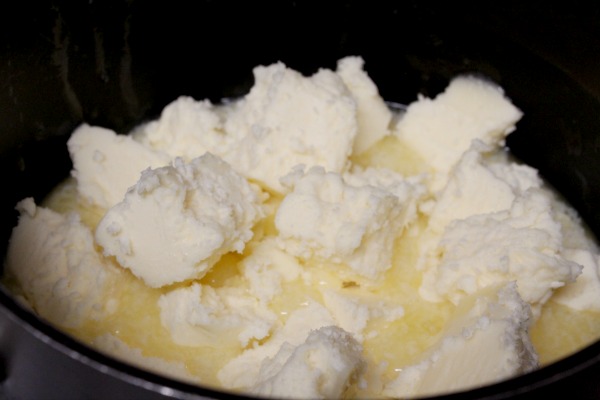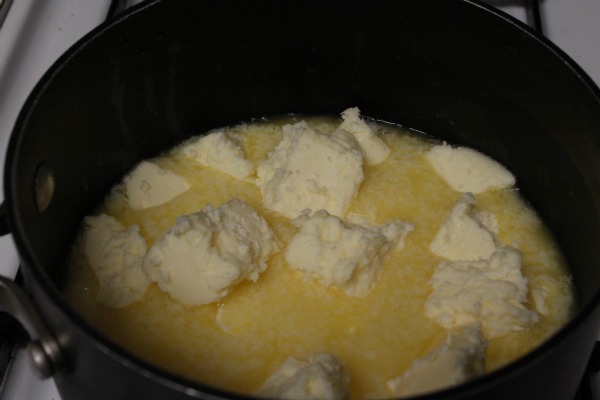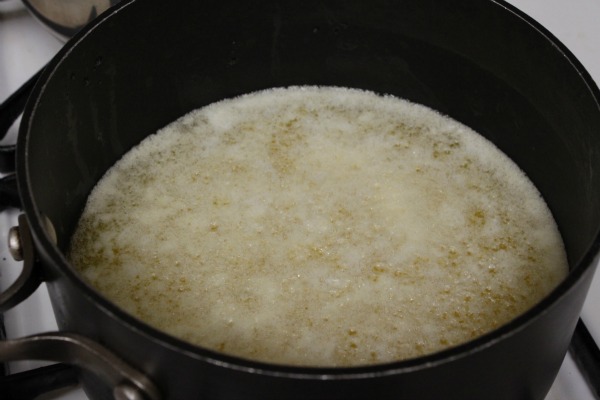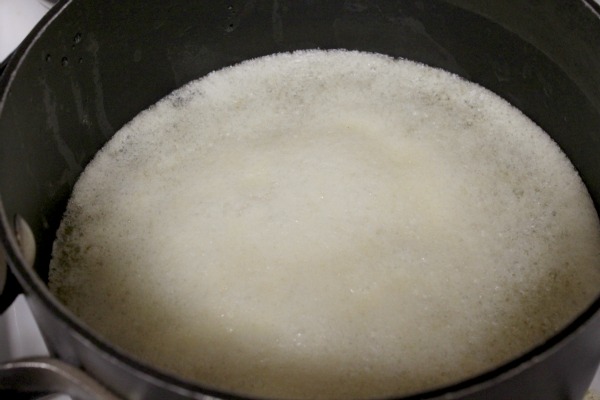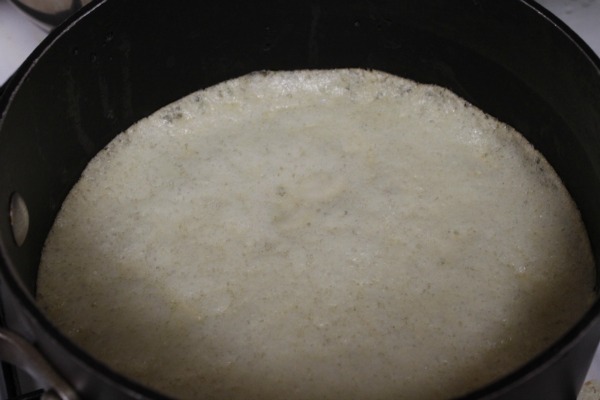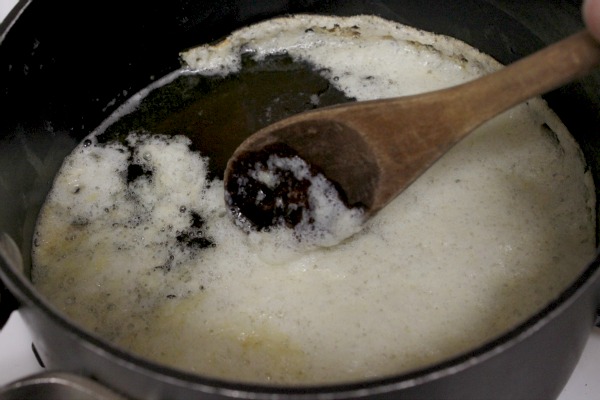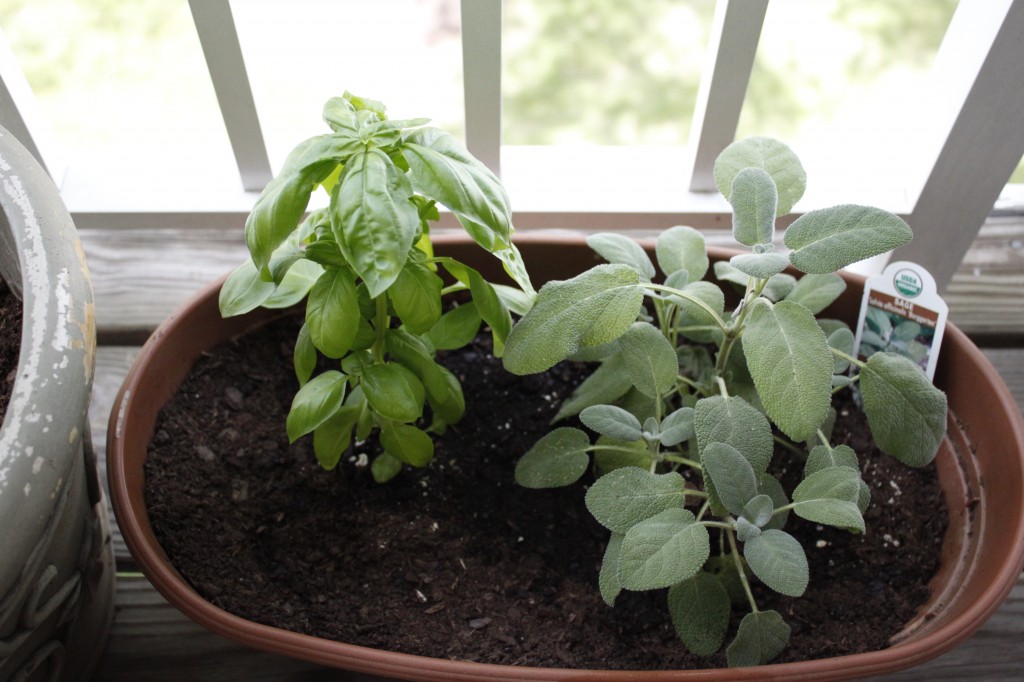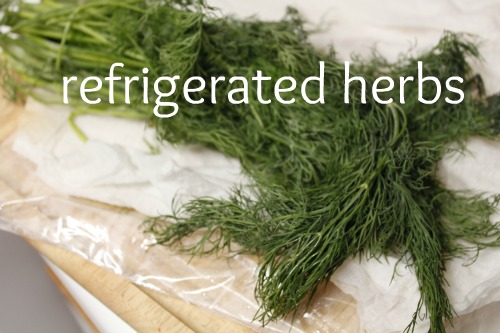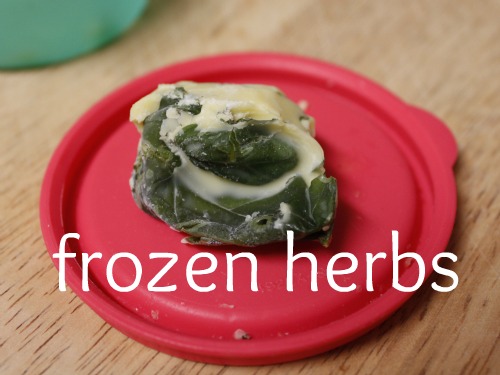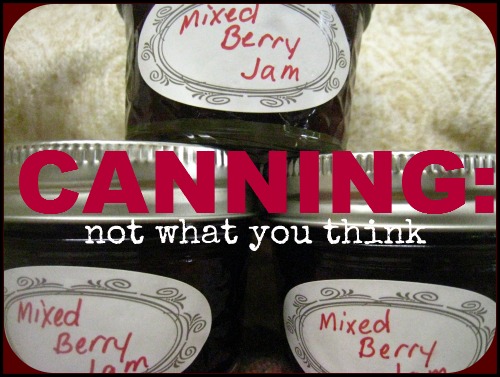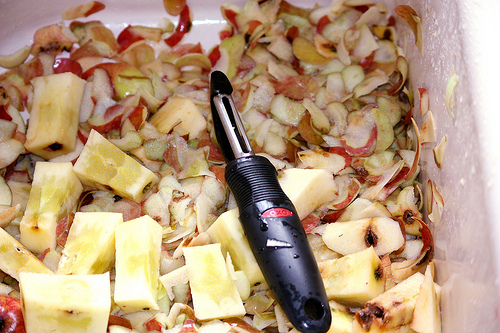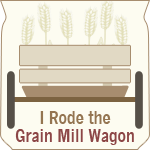Welcome back to the Get Healthy & Fit series here at Authentic Simplicity! Joining me are 18 other bloggers, all desirous of improving their health and raising their level of fitness. We each have a different goal in mind and a different plan to reach that goal; and you can follow each blogger’s progress here. Follow along on Twitter and Pinterest as well!
I discussed my personal goals at length the first week, but to sum up, this is what I’m hoping to do in the course of these 12 weeks:
- Kick my sugar habit
- Lose approximately 10 lbs. and a few inches
- Fit in my clothes
- Develop sustainable habits like eating more proteins and fewer carbs
Last week, I showed you how you can easily and relatively quickly cook any whole grain. Now the question is: what to do with it? If you’re only used to consuming those grains in the form of flour, you might feel a little stuck once you have a heaping pile of cooked whole grain, wondering what in the world to do with it now!
I’m here to the rescue. Not too long ago, I was in the same boat you are, but I quickly learned how versatile and delicious whole grains can be.
Keep a batch of cooked grain in the freezer and then defrost it and turn it into any of the dishes below.
Easy Uses for Whole Grain
- Use whatever whole grain you have in place of the rice when you make rice pudding.
- Use a whole grain to make a fun variation of rice pilaf.
- Make a quick breakfast hot cereal by combining cooked whole grains with enough milk (any kind), cooking and stirring it until it’s smooth and creamy. Add sweetener and spices as desired.
- Toss some cooked grain into a pot of soup towards the end of the cooking time.
- Serve it straight up as a side dish, drizzled with olive oil and sprinkled with fresh or dried herbs. Salt and pepper to taste.
- Make a pasta-like salad by combining cooked grains and diced veggies (steamed if you want), and drizzle with any kind of dressing. Add in some fresh herbs for extra flavor. If you need specific recipes, here is a whole bunch of whole grain salad recipes.
- Turn the above side dish into the main event by adding some protein in the form of meat, beans, seeds, cheese, or eggs.
- Add half a cup or a little more of whole grain to a bread recipe for extra texture and crunch.
- Use it in meatballs and meatloaf in place of the bread crumbs.
- Give a fresh new twist to risotto by using a different grain instead. Try this recipe for barley risotto.
- Combine mashed beans or sweet potato with cooked grains to make delicious veggie burgers, like these quinoa and sweet potato cakes.
- Take your stir fry to the next level by introducing new grains instead of rice or rice noodles.
This Week’s Update
Yikes! This week I was very bad and it showed up on the scale. I was crazy busy and did not take the time to seek out truly healthy foods.
Here are my current stats that I will update every Monday:
Weight: 134.2 (up half a pound)
Waist (inches): 30-31
Butt: 39-40
Find out how the other ladies are doing with their weight loss efforts and other goals by clicking on the image below.
How do you cook whole grains?
Read more inspiring and informative posts at these link-ups: Motivation Monday, Mom’s Monday Mingle, Homestead Barn Hop, The Bulletin Board, Better Mom Mondays, Natural Living Monday, Tip Me Tuesday, Trivium Tuesday, Mom’s Library, Titus 2sday, Teach me Tuesday, Hip Homeschool Hop, Titus 2 Tuesday, Delicious Dishes, Open Call Tuesday, Tiny Tip Tuesday, Healthy 2Day Wednesday, Frugal Days Sustainable Ways, Works for me Wednesday, Women Living Well Wednesday, Real Food Wednesday, Whole Foods Wednesday,Allergen-Free Wednesday, Encourage One Another, Life in Bloom, Thought-Provoking Thursday, Simple Lives Thursday, Homemaking Link-Up, Tastetastic Thursday, Keep it Real Thursday, Frugal Thursday Rewind, Homeschooling on the Cheap, Fellowship Friday, Fight Back Friday, Feast in Fellowship Friday, Frugal Friday, I’m Lovin’ It, Weekend Bloggy Reading, Snacktime Saturday, Show & Share Saturday, Weekend Whatever


